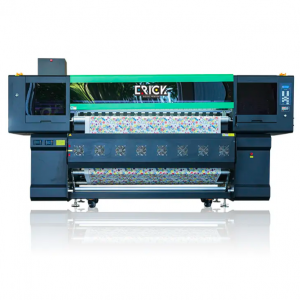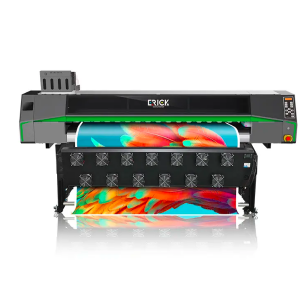Dye-sublimation printers are gaining popularity in the printing world due to their ability to produce high-quality and long-lasting prints. However, like any electronic device, dye-sublimation printers sometimes experience common issues that can affect their performance. In this article, we'll discuss some troubleshooting techniques that can help you resolve these issues and keep your dye-sublimation printer running smoothly.
One of the most common problems faced by users of dye-sublimation printers is poor print quality. If you notice fuzzy, streaked, or uneven colors on your printouts, the first thing you should check is the printheads. Over time, the printheads can become clogged with dried ink or debris, resulting in sub-par print quality. To fix this, you can try running a printhead cleaning cycle through the printer software or use a cleaning solution designed for printheads. Also, make sure your printer is using the correct type and quality of dye-sublimation inks, as using incompatible or low-quality inks can also affect print quality.
Another common problem experienced by users of dye-sublimation printers is that the ink does not transfer properly to the substrate. This can be frustrating, especially if you've spent time and effort designing your print. One possible cause of this problem is improper heat and pressure settings. Dye-sublimation printing requires a specific combination of heat, pressure and time to effectively transfer ink to the substrate. If your prints are not transferring correctly, check the manufacturer's recommendations for the correct settings for the type of substrate you are using. It is also important to ensure that the heat press is functioning properly and that the heat and pressure are distributed evenly across the substrate.
Dye-sublimation ink running out quickly is another common problem with dye-sublimation printers. Many users may find that their ink cartridges need to be replaced frequently, resulting in increased printing costs. Several factors can cause this problem. First, printing high-resolution or large images will deplete the ink supply more quickly. If this is the case, consider reducing the image size or resolution. Also, printing at high temperatures or when the ink is oversaturated may cause the ink to run out more quickly. Adjusting these settings can help extend the life of your dye-sublimation cartridges.
Finally, connection issues between the computer and the dye-sublimation printer can also be a common obstacle. If you are having difficulty establishing a connection, first check the USB or Ethernet cable connection between the printer and the computer. Replace any damaged cables if necessary. You can also try reinstalling or updating the printer driver to ensure compatibility with the operating system. Troubleshooting network settings such as firewalls or security protocols may also help resolve connectivity issues.
In conclusion, dye-sublimation printers are invaluable tools for producing high-quality prints, but they can face common issues that affect their performance. By addressing print quality, ink transfer, ink consumption and connectivity issues, you can ensure your dye-sublimation printer runs smoothly and delivers the results you need. Remember to refer to the manufacturer's guidelines and seek professional help if needed. With proper care and maintenance, your dye-sublimation printer will continue to output excellent prints for years to come.
Post time: Aug-03-2023







